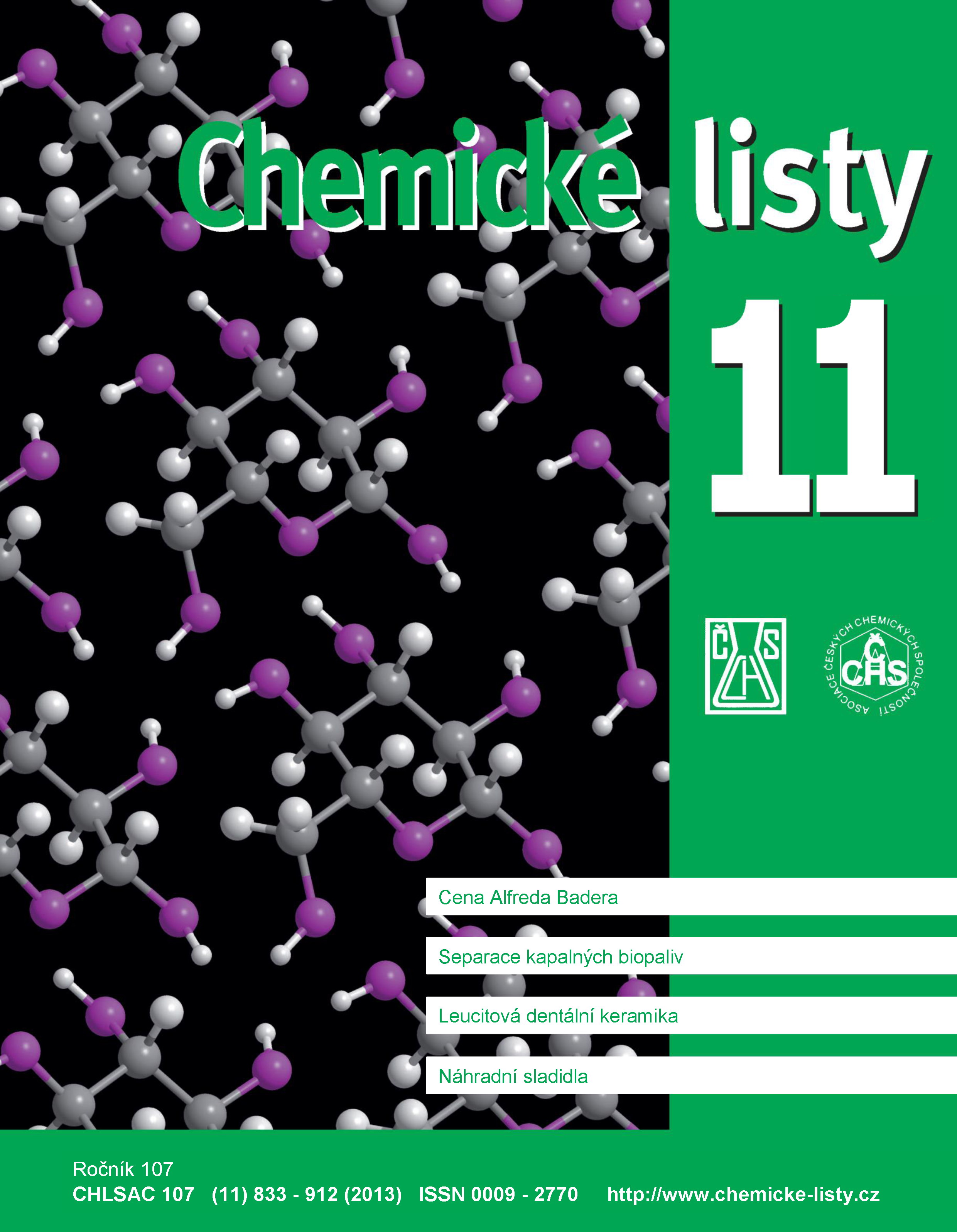Colloidal Gold Based Lateral Flow Assay for the One-Step Rapid Detection of Thiabendazole
Keywords:
thiabendazole, lateral flow, LFIA, gold, nanoparticles, immunochromatographyAbstract
A rapid strip test for semiquantitative or quantitative screening of thiabendazole in some fruit foods (fruits, fruit juices, baby foods) was developed, which is based on lateral flow immunoassay (LFIA). Test parameters such as membranes and buffers types, the amount and type of antibodies for labeling with gold nanoparticles, and dilution of gold-labeled antibodies and samples were optimized. The strip contains all the necessary reagents dried on membranes. The test can be accomplished within 10 min. The visual limit of detection was 2 ng ml–1. For quantitative assessment a standard curve of LFIA was produced with detection limit of 0.1±0.02 ng ml–1, the IC50 value of 2.2 ng ml–1, and the linear working range of 0.4–20 ng ml–1. In the test, spiked samples were analyzed. Samples of fruit juices or fruit homogenate filtrates were diluted with buffer and analysed directly without any purification. The coefficients of inter–assay variation were below 16 %, with recoveries ranging from 91 to 112 %. The proposed LFIA test enables a sensitive, rapid, and facile on-site screening of thiabendazole.





